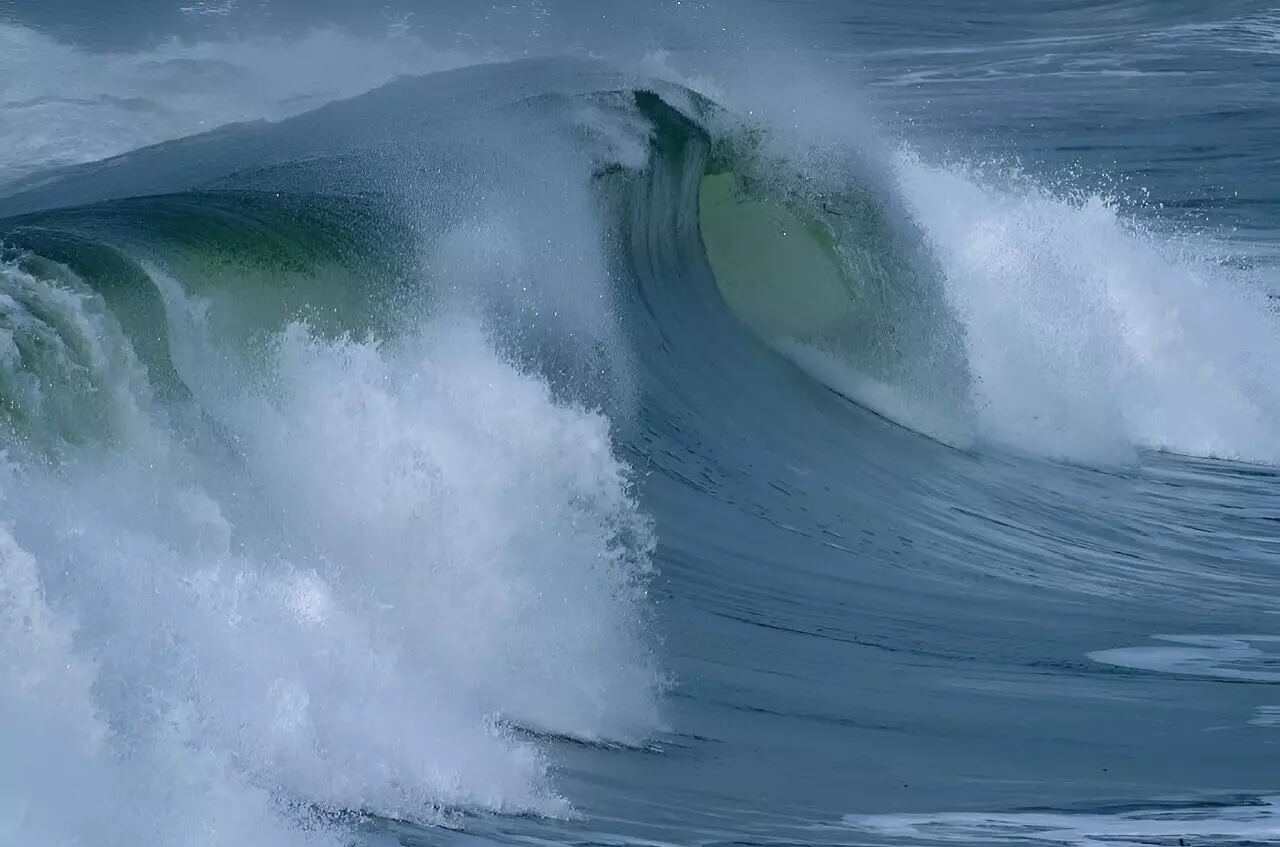Rogue waves, often described as gigantic sea swells appearing out of nowhere, pose a significant threat to maritime safety. These unpredictable phenomena can reach heights exceeding 60 feet, endangering vessels and offshore installations and catching crews entirely by surprise. As climate patterns shift and sea traffic intensifies, robust methods for forecasting these waves have become crucial for ensuring the safety of sea operations. The recent study published in *Scientific Reports* opens a promising door in this front with an innovative tool that utilizes artificial intelligence to predict these colossal waves up to five minutes in advance.
A Game-Changing Predictive Tool
Crafted by researchers Thomas Breunung and Balakumar Balachandran, this revolutionary tool harnesses the power of a neural network designed to analyze ocean wave patterns. What sets this approach apart is its capability to sift through an extensive dataset—14 million thirty-minute samples from buoys along America’s coasts and the Pacific Islands. This meticulous training enables the neural network to differentiate between typical wave patterns and those signaling the impending arrival of rogue waves. Such distinction could be the difference between life and death in intense maritime conditions.
The predictive prowess of the tool has been affirmed in rigorous testing: it demonstrated a remarkable accuracy rate of 75% for one-minute forecasts and 73% for five-minute predictions of rogue waves. This level of precision underscores a significant advancement in marine forecasting technologies, rendering them not just theoretical constructs but practical applications that could save lives.
Field Testing: Expansion Beyond Initial Data
One of the more intriguing aspects of this research is the tool’s ability to accurately predict rogue waves near buoys not included in the training dataset with an impressive 75% accuracy for one-minute forecasts. This suggests that the neural network’s learning can generalize beyond the original locations, hinting at its potential for widespread application in diverse maritime environments. Such adaptability is essential; conditions vary drastically across oceanic regions, and tools that can accommodate this variability enhance their efficacy.
Future Implications for Marine Operations
While the current study offers a strong foundation, there’s ample room for refinement. The researchers suggest incorporating additional data like water depth and wind speed to enhance predictive accuracy further. This is an important consideration because the dynamic nature of ocean conditions can heavily influence the formation of rogue waves. Moreover, ongoing research could enable not just the prediction of rogue wave appearances, but also their heights and exact timing, creating an invaluable resource for maritime operators.
The development of Breunung and Balachandran’s predictive tool is a significant stride toward safer seas. As the tool matures with more comprehensive datasets and refinements, it has the potential to transform marine safety protocols and mitigate the catastrophic risks associated with rogue waves. With technologies like this, the maritime industry can embark on a new era of proactive safety measures, ensuring that crews and vessels are no longer at the mercy of the unpredictable ocean.


Leave a Reply